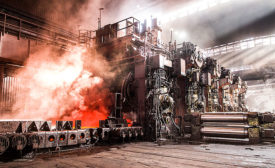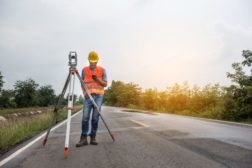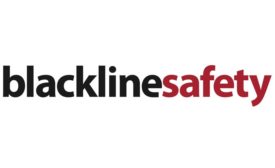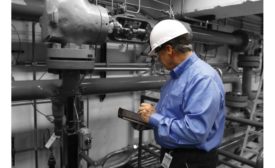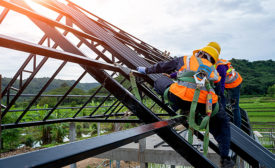Oil and Gas Industry Safety & Health
Editorial
Roofers, linemen, oil and gas workers among top 10 most dangerous jobs
November 6, 2020
Top 25 most dangerous jobs in the United States
On-the-job deaths have been rising in recent years
November 5, 2020
Never miss the latest news and trends driving the safety industry
eNewsletter | Website | eMagazine
JOIN TODAYCopyright ©2024. All Rights Reserved BNP Media.
Design, CMS, Hosting & Web Development :: ePublishing

